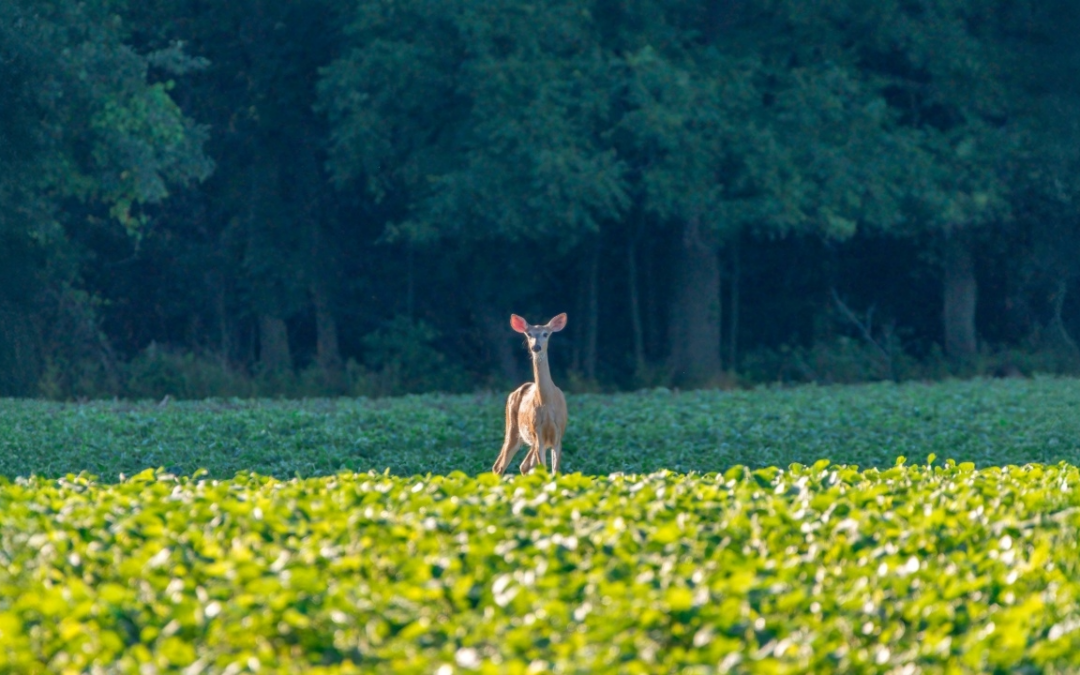
When consumers see certain date labels on foods, they predict that they will waste more of the food’s value relative to other date labels, according to a study conducted by Auburn University and Cornell University researchers.
by PAUL HOLLIS
The cost of food waste in America is estimated at a staggering $160 billion annually, with some reports stating that U.S. producers and consumers together waste more than 30 percent of our total food supply.
Exploring some of the reasons for this wasteful behavior was the premise of a recent study published in the journal Food Quality and Preference by Auburn University and Cornell University researchers. They found that date labels such as “Use by” and “Sell by” shape how consumers value certain products and their willingness to waste those products.
“When consumers see certain date labels on foods, they predict that they will waste more of the food’s value relative to other date labels,” says lead author Norbert Wilson, professor in the College of Agriculture’s Department of Agricultural Economics and Rural Sociology at Auburn. “Additionally, the size and the date of the product influences expectation of food waste.”
The larger issue of food waste in America represents a loss to society as a whole, Wilson says.
“Food that ends up in landfills can lead to other problems, like the production of greenhouse gases,” he says. “Also, there are many low-income people in this country with limited access to food. It would be great if people could have access to good food that is being thrown away.”
Previous research conducted at Harvard University has looked at how consumers waste food because of different understandings of what date labels mean, Wilson says.
For the study, Wilson and fellow researchers conducted an experimental auction of breakfast cereal, salad greens and yogurt with 200 participants in Ithaca, New York. Participants said how much they were willing to pay for each item and how much they expected to consume. Participants saw different package sizes and dates but saw only one of four date labels: “Best by,” “Fresh by,” “Use by” or “Sell by.”
“In our study, we wanted people to tell us, in economic terms, what they think about these date labels,” he says. “In other words, we wanted to put some real money behind it, so we placed participants in an experimental auction, where they could actually buy a product and walk away with it. If you’re simply asking people about their willingness to waste, a hypothetical bias can creep in and they may say all sorts of things.”
When exposed to the “Use by” date, participants were more willing to waste more cereal compared to salads and yogurt. For cereal, participants had a higher willingness to waste for “Fresh by” and “Use by” relative to the other two labels. Across the foods, participants indicated that they would waste more product for larger package sizes and foods with closer posted dates.
“We found that people do, in fact, respond to the different date labels, which I didn’t anticipate,” Wilson says. “We asked them in an innovative way how much they ultimately would waste, and the label didn’t really affect that. We went a step further and calculated a ‘willingness to waste’ factor which measured the value of the food they were willing to throw away, and people responded differently given different date labels.”
It wasn’t surprising, Wilson says, to discover that if a product’s expiration date is further out in time, people are less likely to waste it.
“It was interesting that people have different ideas of how much of a product they would waste given the size of the product,” he says. “If they saw a large size of the product versus a small size, they still thought they’d waste more of the large product even though, based on the date, they had plenty of time to consume it. The size really shaped their perception of how they were going to waste the product.”
The key takeaway from the study, Wilson says, is that people are very responsive to package size and dates and to even the product itself, and their willingness to waste products changes based on that information.
Congress currently is debating federal regulations over the use of different date labels and how to consolidate the information contained in those labels. Industry groups also are looking at ways to modify date labels.
In future research, Wilson wants to look at the underlying reasons behind the decisions people make about food waste and what, specifically, is motivating these decisions.
“What is it that makes someone say they are willing to throw out a product?” he asks. “There seems to be a relationship between how much they’re willing to waste and how much they value a product. If they value it more, they’re willing to waste less of it. That makes sense.”
Other authors of the study—funded by the Auburn University College of Agriculture—include Bradley Rickard, Rachel Saputo and Shuay-Tsyr Ho, all of Cornell University.




